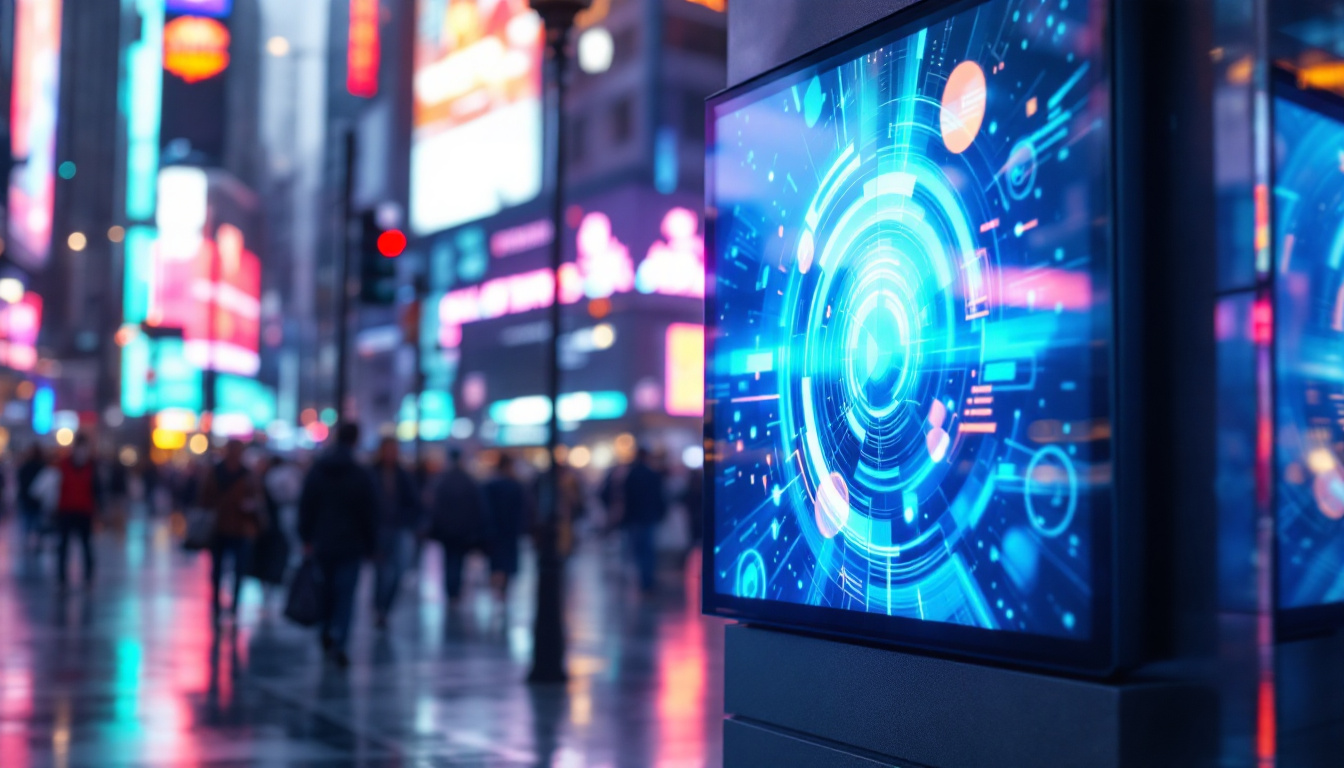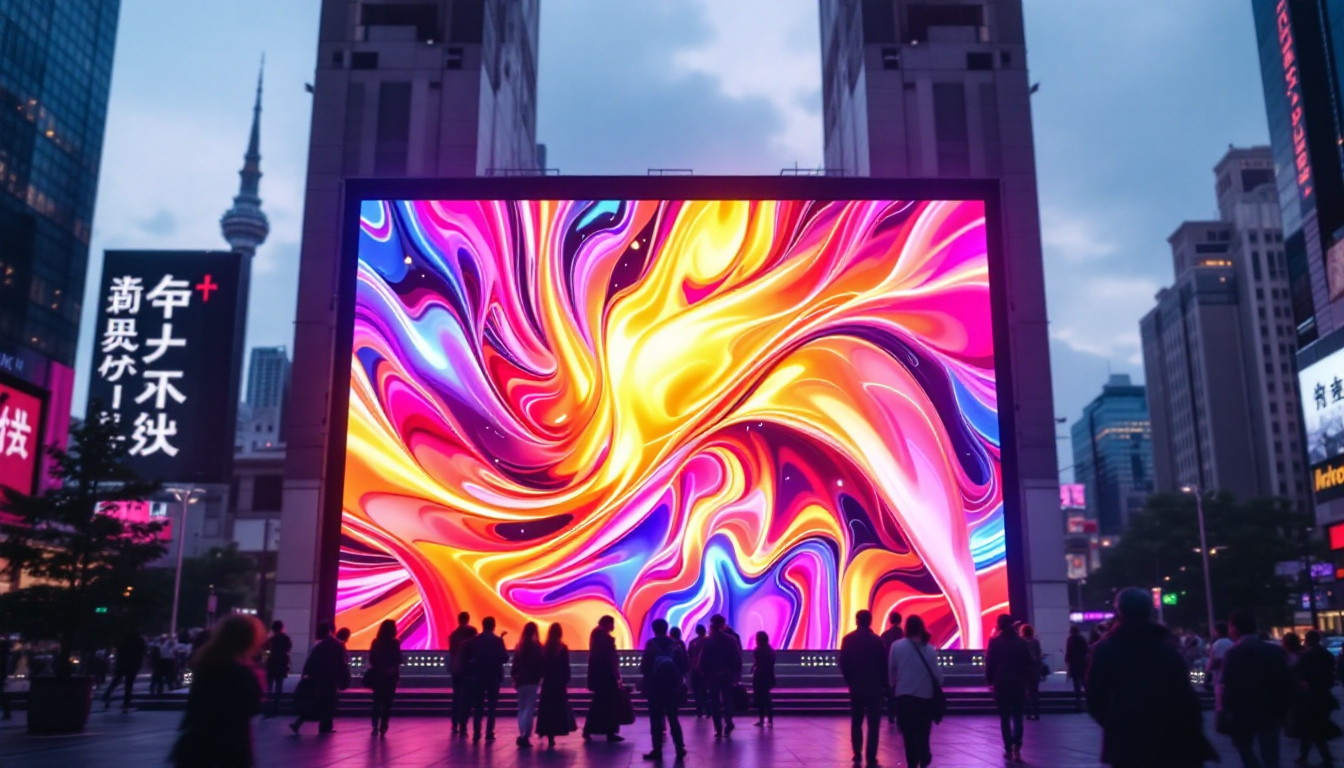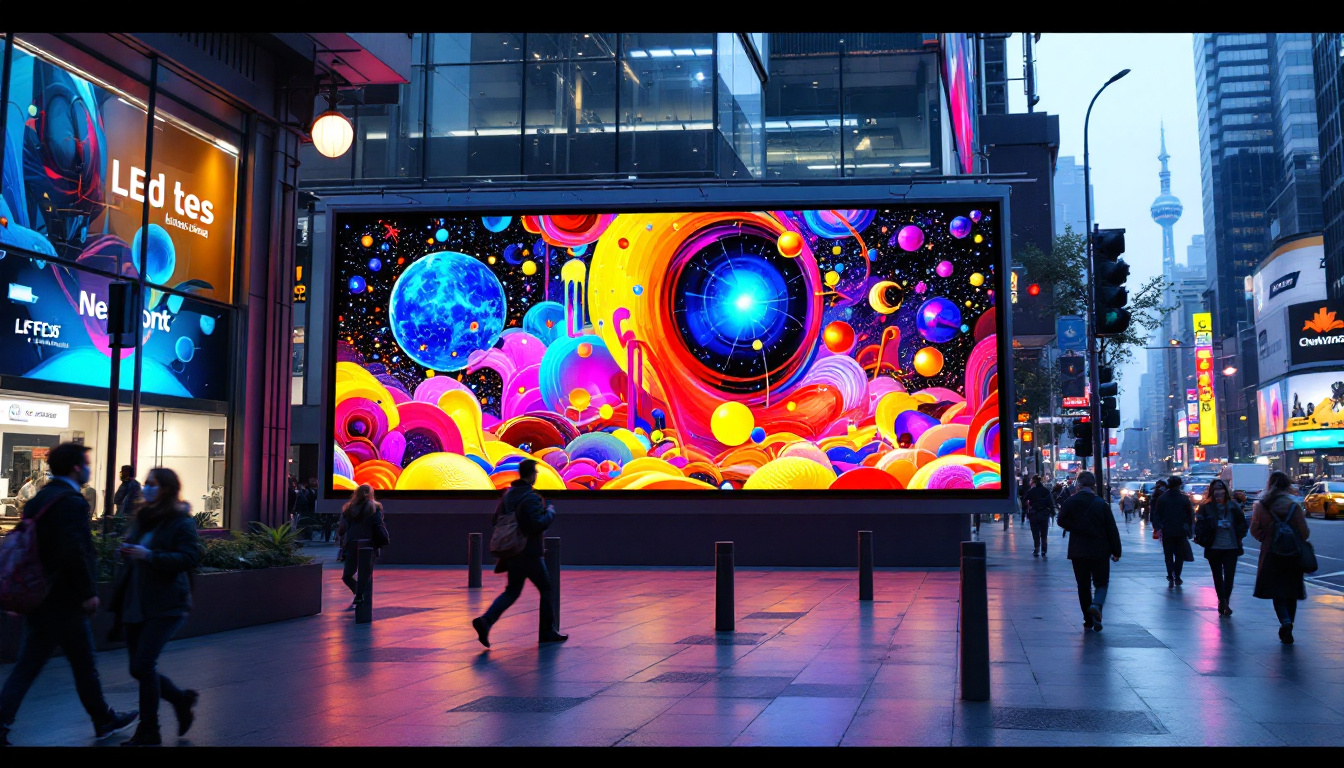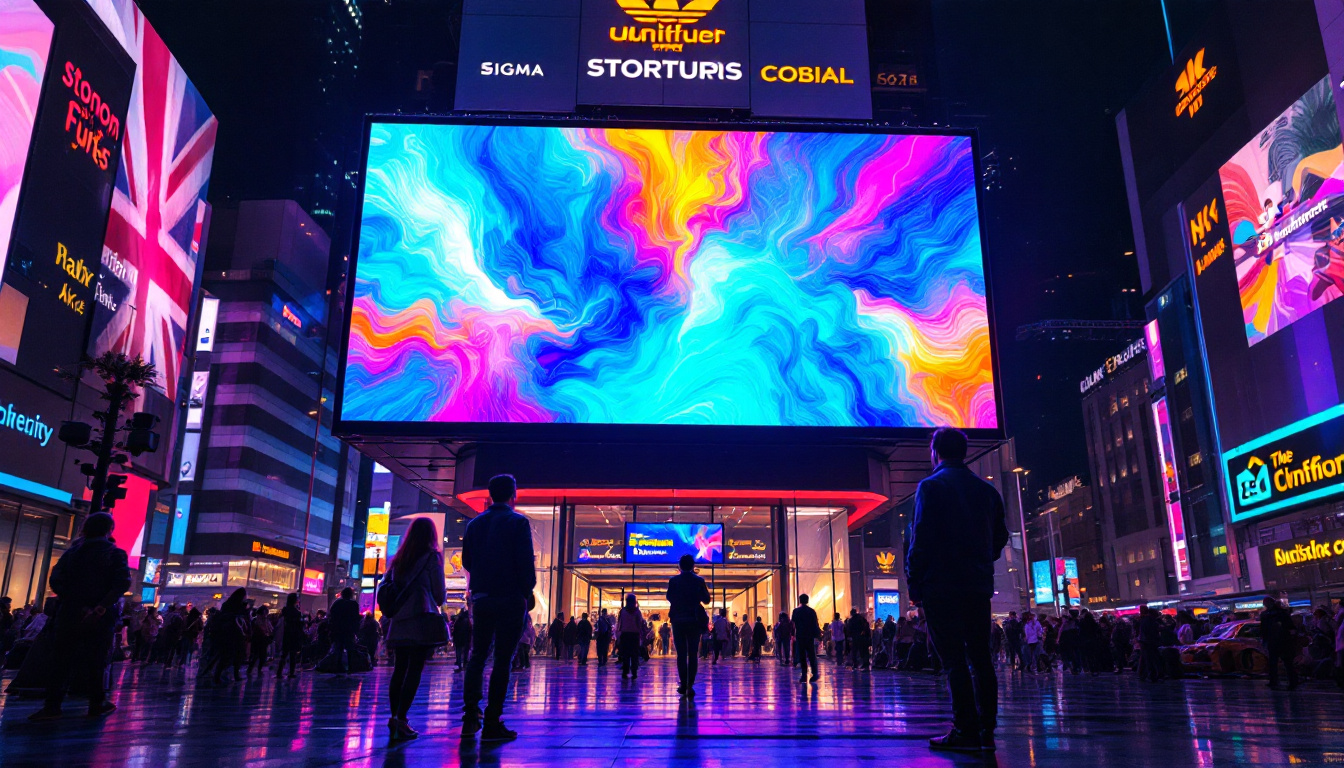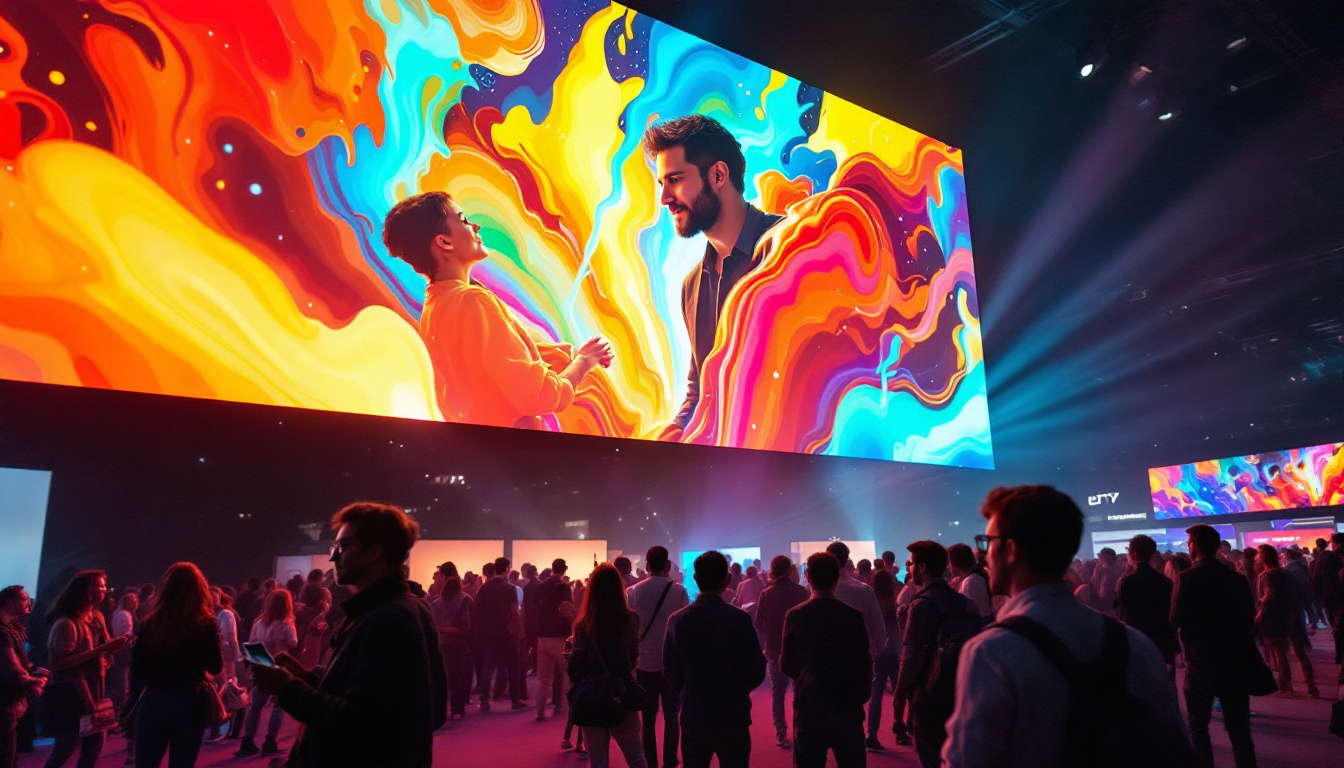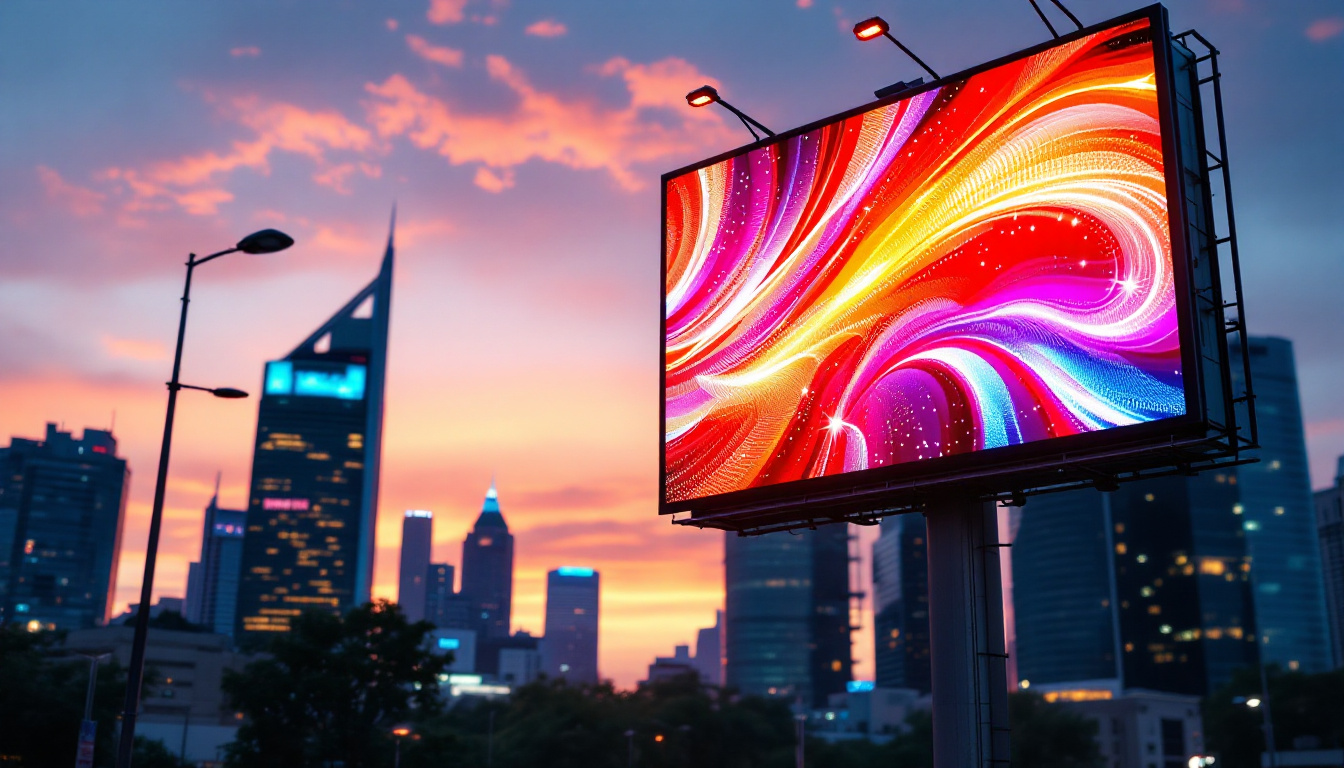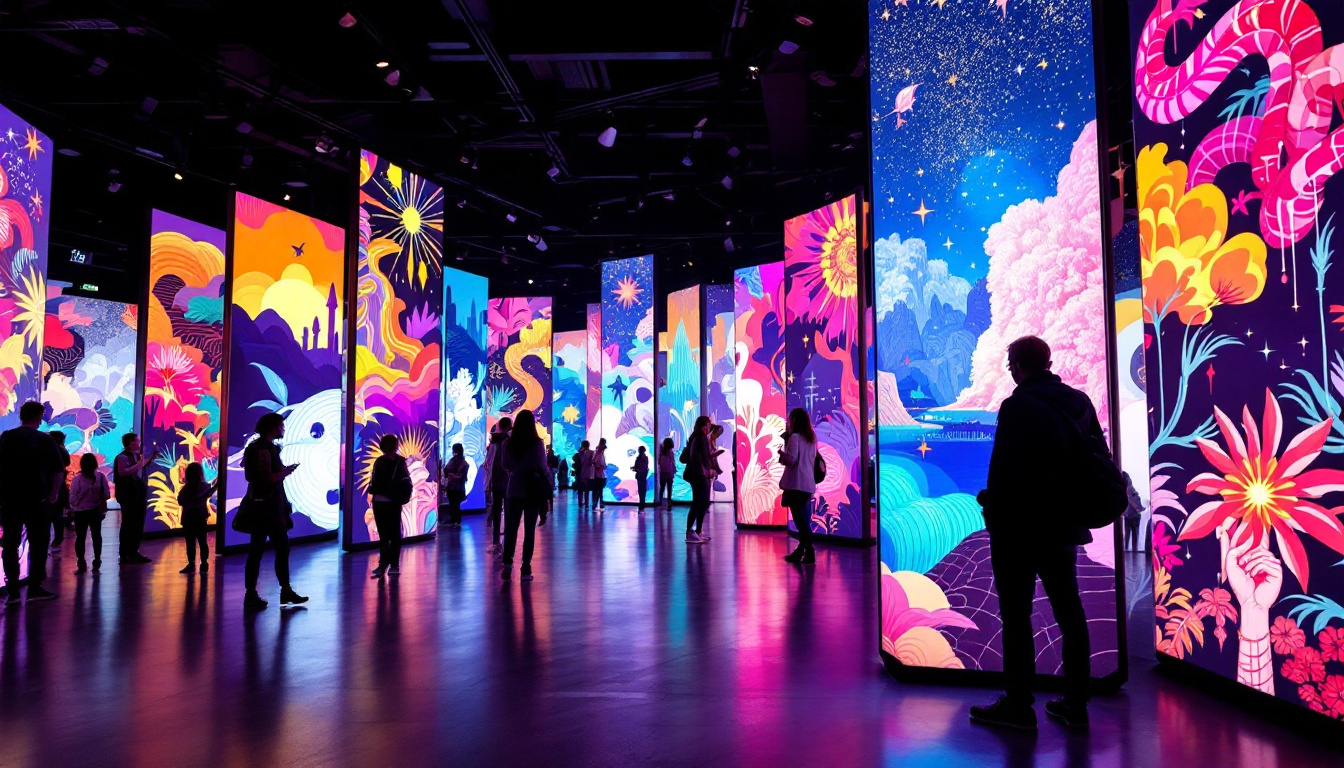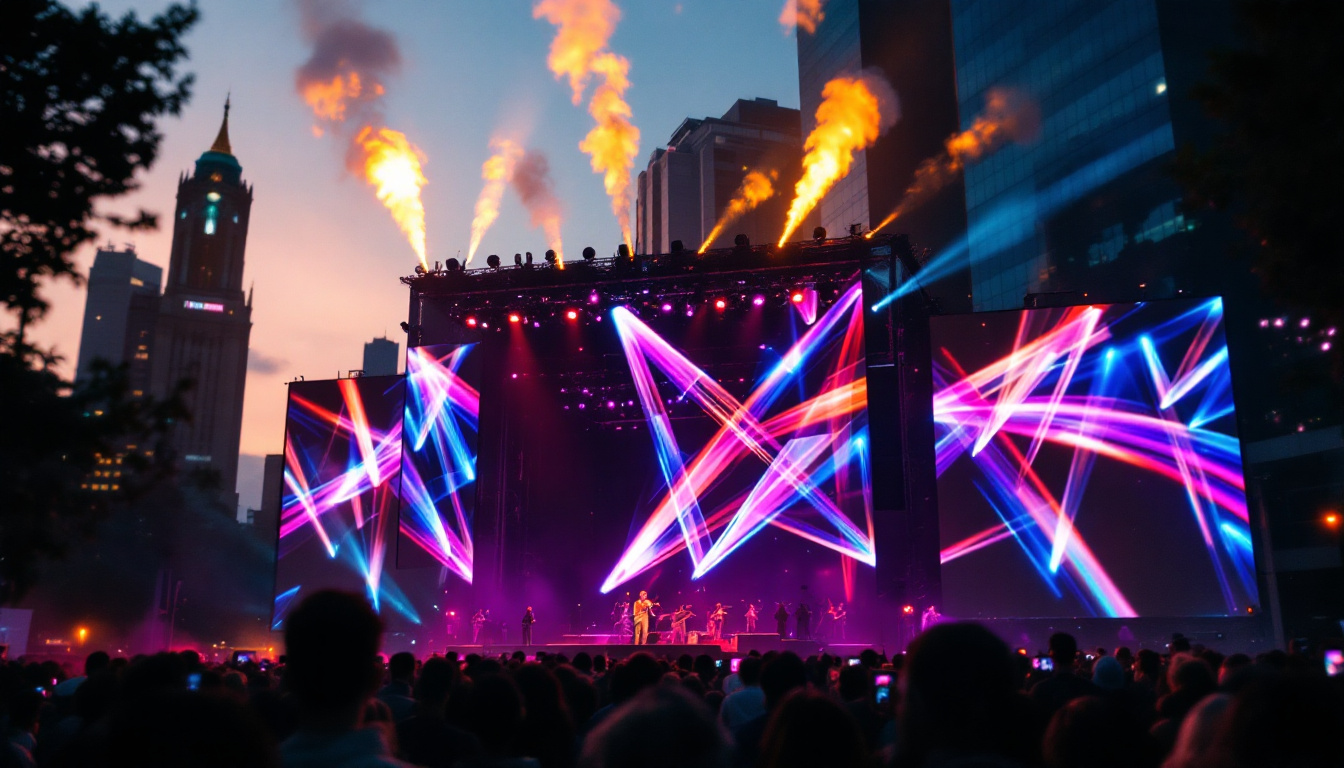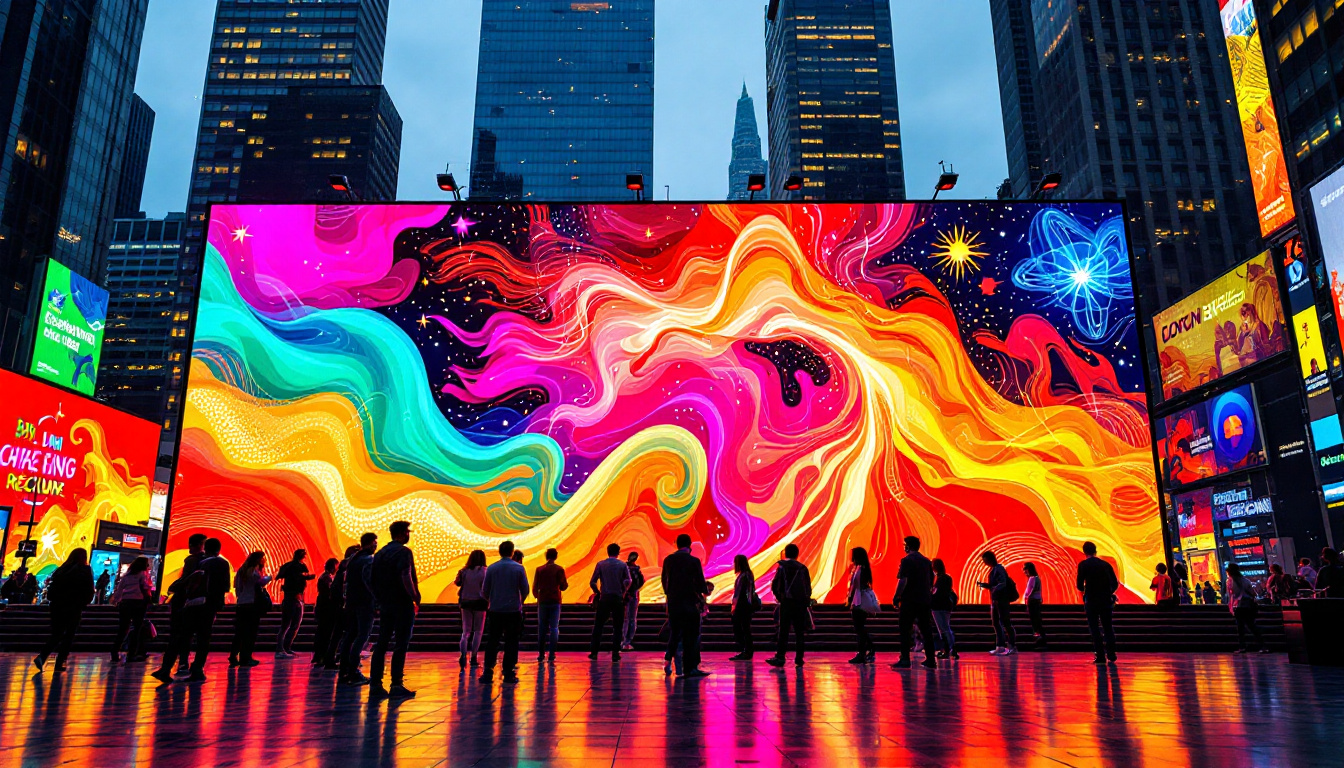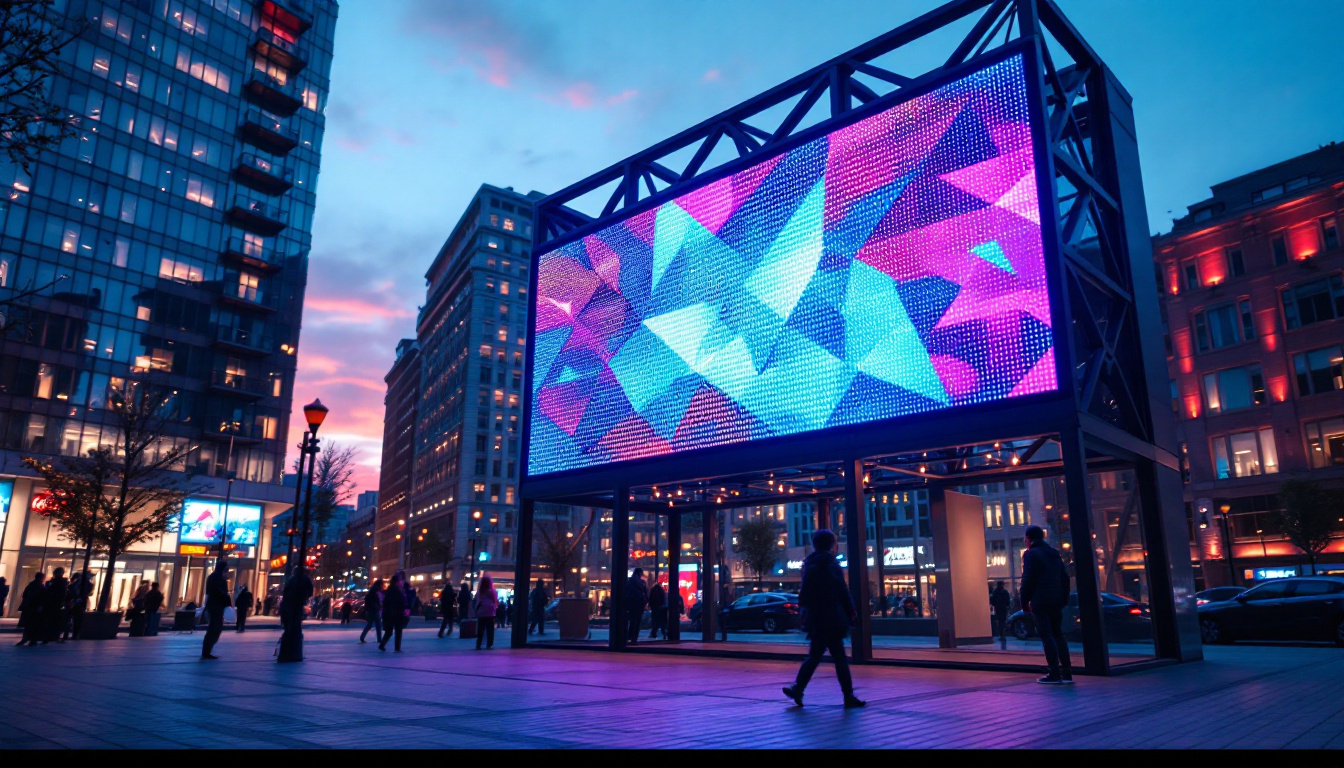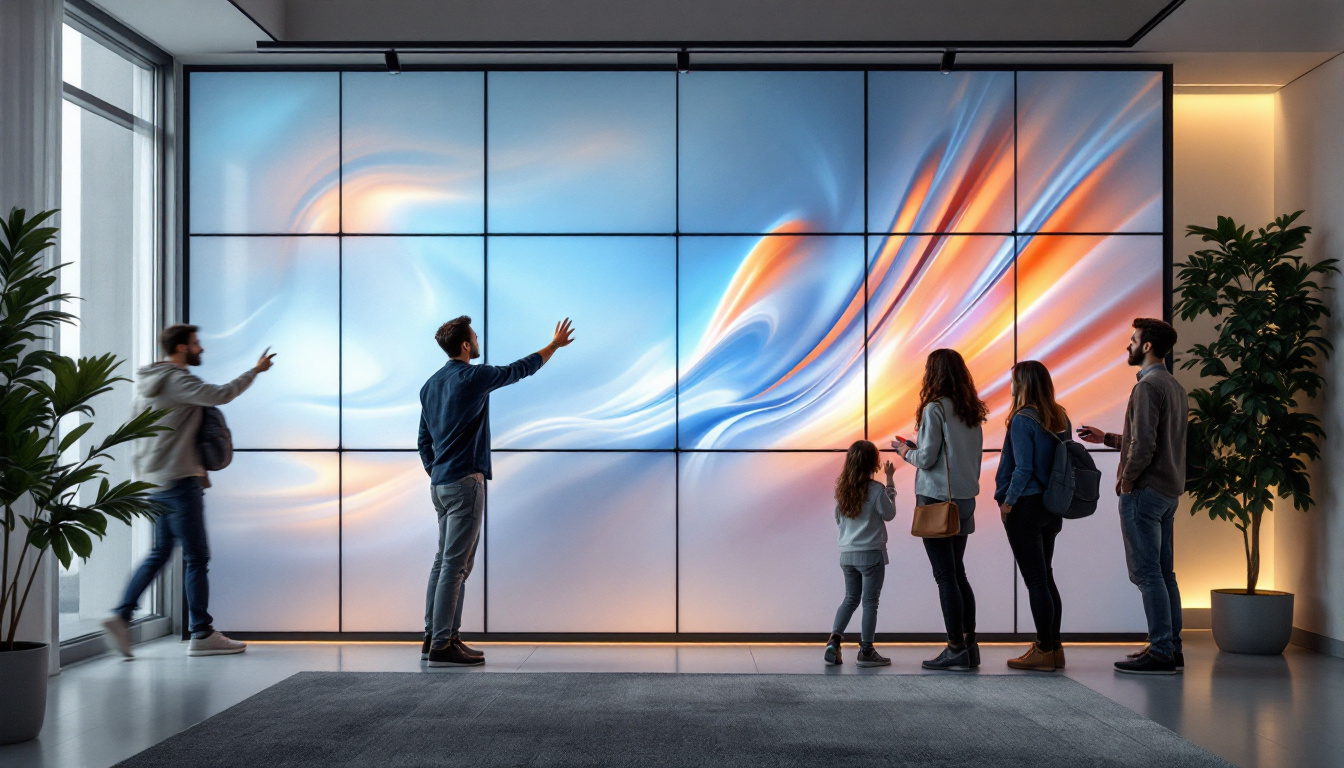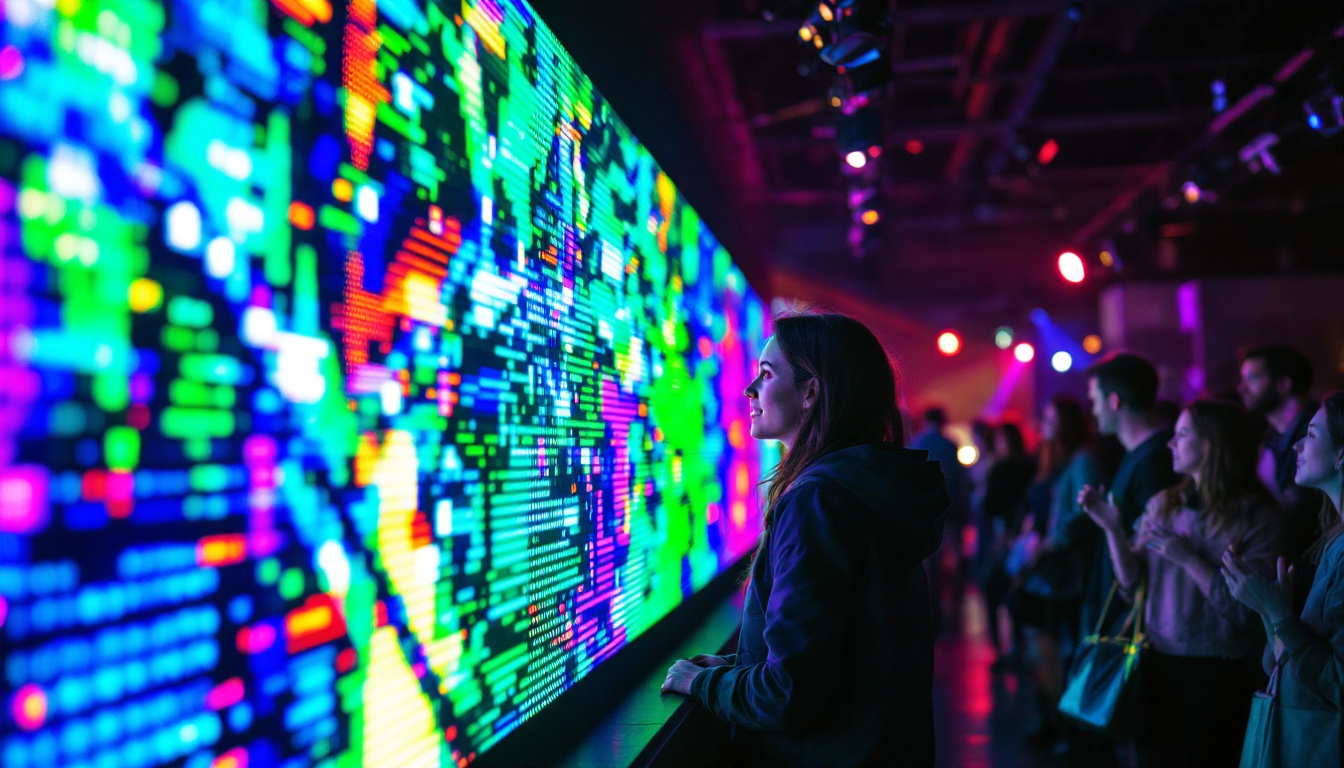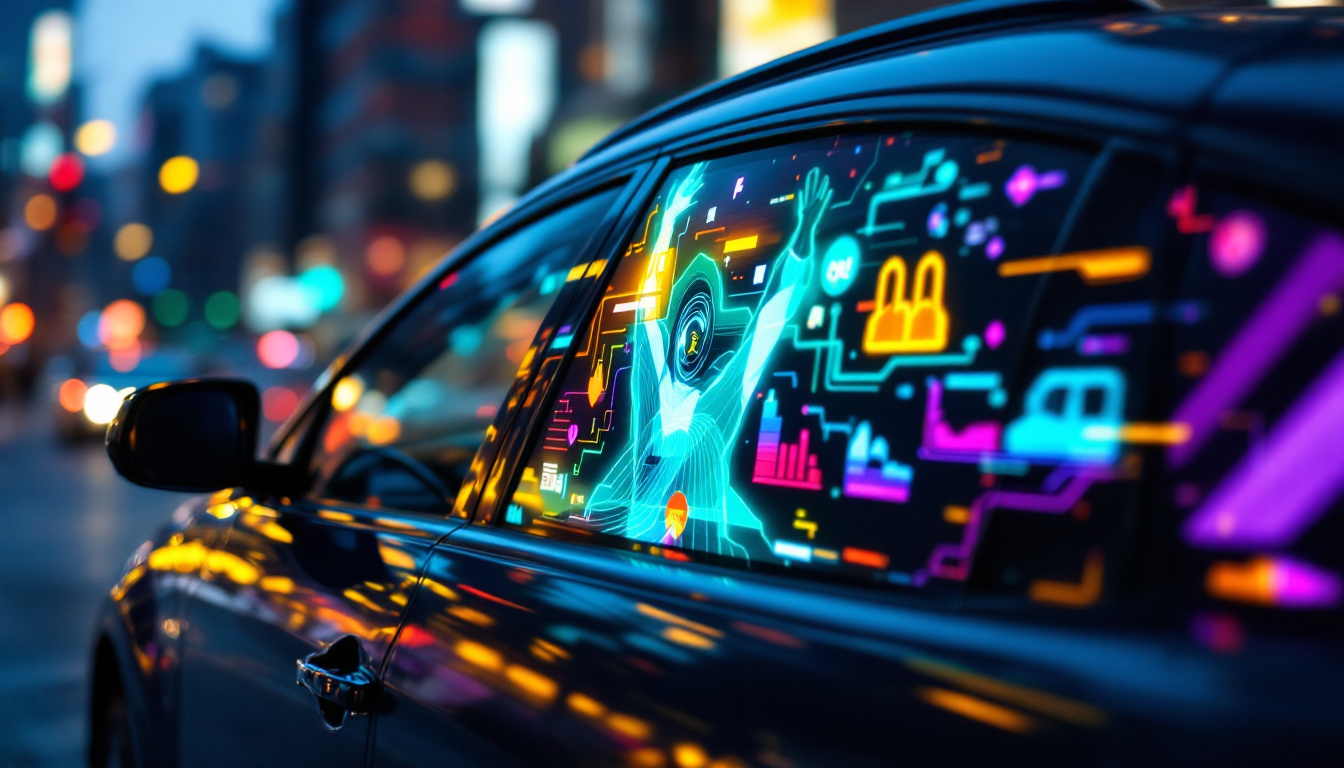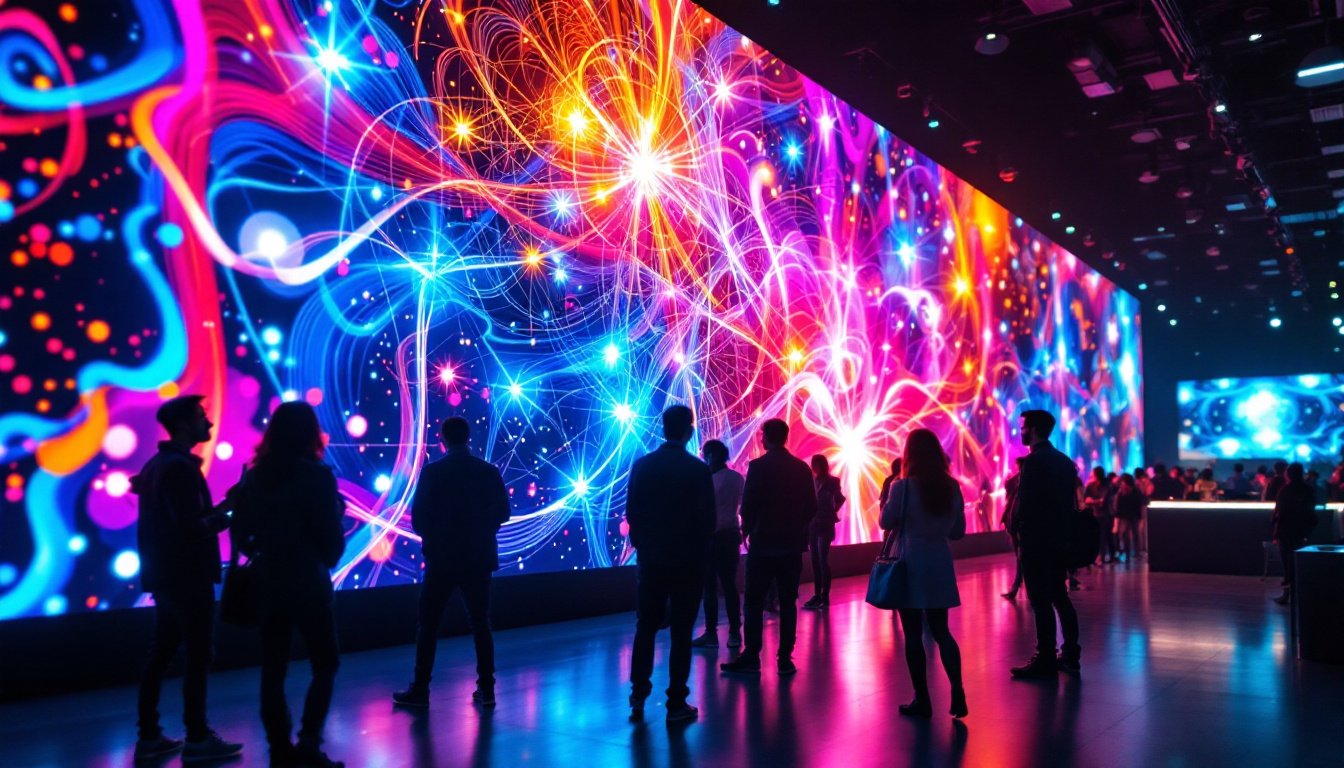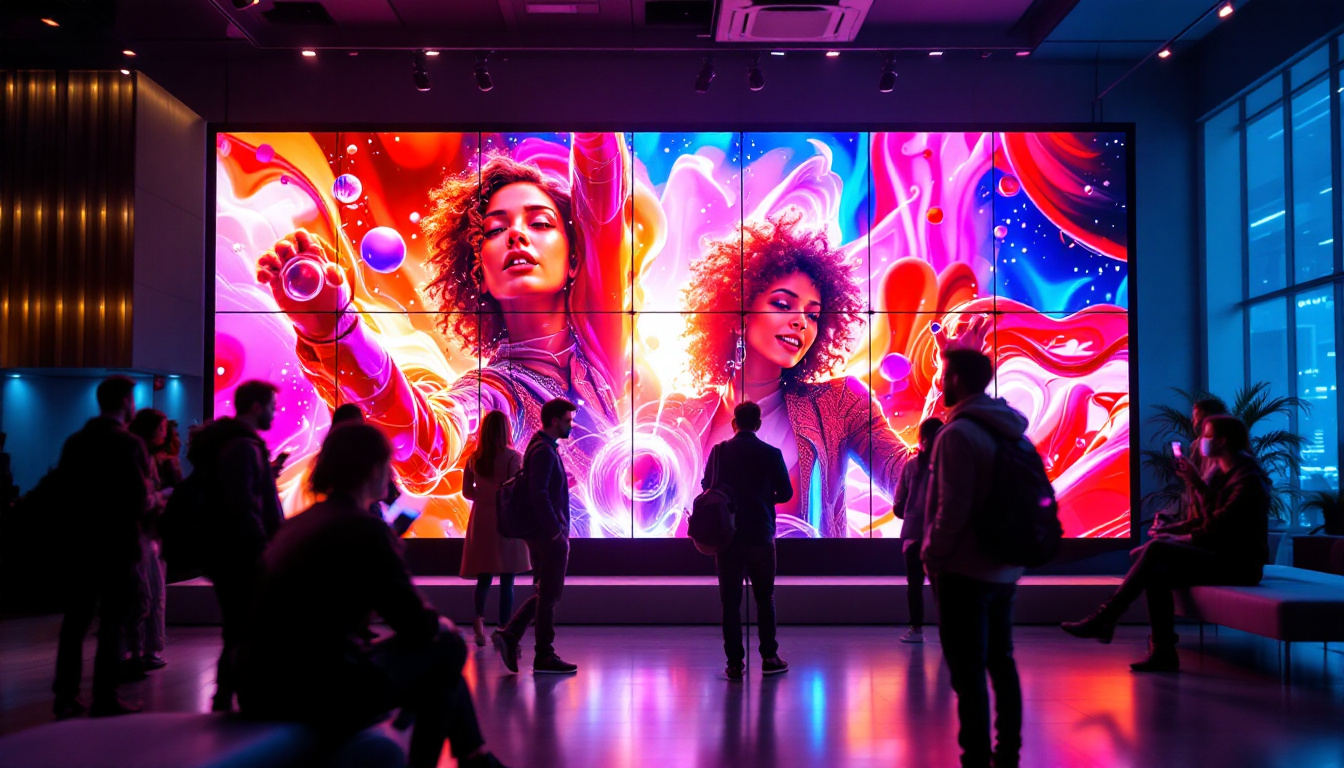In today’s fast-paced world, effective communication is crucial for businesses and organizations. digital signage displays have emerged as a powerful tool for conveying messages, promoting products, and enhancing brand visibility. Among the various types of digital displays, LED (Light Emitting Diode) technology stands out for its vibrancy, efficiency, and versatility. This article delves into the intricacies of LED displays in digital signage, exploring their benefits, applications, and future trends.
Understanding LED Technology
LED technology has revolutionized the way visual information is presented. Unlike traditional displays, which rely on backlighting, LED displays use semiconductor technology to emit light directly. This results in a brighter, more energy-efficient display capable of producing vivid colors and sharp images. The evolution of LED technology has not only enhanced the quality of visual content but has also significantly reduced energy consumption, making it a more sustainable choice for both consumers and businesses alike.
How LED Displays Work
At the core of LED displays are tiny diodes that emit light when an electric current passes through them. These diodes are grouped into pixels, which can be controlled individually to create a full-color image. The combination of red, green, and blue (RGB) LEDs allows for a wide spectrum of colors, making it possible to display everything from simple text to complex graphics. The precision in controlling each pixel enables dynamic content changes, allowing for real-time updates and interactive experiences that engage viewers more effectively than static displays.
LED displays come in various configurations, including indoor and outdoor models. Outdoor LED displays are designed to withstand harsh weather conditions, while indoor displays focus on high resolution and brightness for optimal viewing in controlled environments. Furthermore, advancements in LED technology have led to improvements in durability and longevity, with many displays now rated for tens of thousands of hours of use, thus providing a cost-effective solution over time.
Types of LED Displays
There are several types of LED displays used in digital signage, each tailored for specific applications. The most common types include:
- Direct View LED: These displays consist of individual LED modules that can be assembled into various sizes and shapes, making them highly customizable. This flexibility allows businesses to create unique visual experiences that align with their branding and messaging.
- LED Video Walls: Composed of multiple smaller displays, video walls create a large, cohesive image ideal for high-impact presentations. They are often used in venues such as concert halls, sports arenas, and corporate environments to captivate audiences with stunning visuals.
- Transparent LED Displays: These innovative displays offer a see-through design, allowing for creative advertising solutions without obstructing visibility. They are particularly popular in retail environments, where they can showcase promotions while still allowing customers to see the products behind them.
In addition to these types, there are also flexible LED displays that can bend and conform to various surfaces, opening up new possibilities for creative installations. These displays are ideal for artistic applications and can be integrated into architecture, providing a seamless blend of technology and design. The ongoing advancements in LED technology continue to push the boundaries of what is possible, making it an exciting field to watch as it evolves.
Benefits of LED Displays in Digital Signage
LED displays offer numerous advantages that make them an attractive choice for digital signage. Their unique features cater to a variety of business needs, enhancing communication and engagement.
Energy Efficiency
One of the standout benefits of LED technology is its energy efficiency. Compared to traditional LCD or plasma displays, LED displays consume significantly less power. This not only reduces operational costs but also contributes to a smaller carbon footprint, aligning with the growing emphasis on sustainability in business practices. Additionally, many businesses are now seeking ways to enhance their green credentials, and utilizing LED displays can be a key component of a broader sustainability strategy. By opting for energy-efficient solutions, companies can also benefit from potential tax incentives and rebates aimed at promoting environmentally friendly technologies.
High Visibility and Brightness
LED displays are known for their exceptional brightness, making them suitable for both indoor and outdoor environments. The high luminance ensures that content remains visible even in direct sunlight, which is crucial for outdoor advertising. This visibility translates into increased viewer engagement and higher chances of capturing potential customers’ attention. Moreover, LED technology allows for vibrant colors and sharp imagery, which can significantly enhance the overall aesthetic appeal of advertisements. This capability is particularly beneficial for businesses in competitive markets, where eye-catching displays can differentiate them from their competitors and draw in foot traffic.
Longevity and Durability
LED displays are built to last, with a lifespan that can exceed 100,000 hours. Their robust construction makes them resistant to shocks, vibrations, and temperature fluctuations, ensuring reliable performance in various settings. This durability reduces the need for frequent replacements, making LED displays a cost-effective solution in the long run. Furthermore, the low maintenance requirements of LED technology mean that businesses can allocate their resources more efficiently, focusing on other critical areas such as customer service and product development. The resilience of LED displays also means they can withstand the rigors of high-traffic environments, making them ideal for venues such as shopping malls, airports, and sports arenas where they are exposed to constant use and varying conditions.
Applications of LED Displays
The versatility of LED displays allows them to be utilized across a wide range of industries and applications. From retail to transportation, the potential uses are virtually limitless.
Retail and Advertising
In the retail sector, LED displays serve as dynamic advertising tools. They can showcase promotions, highlight new products, and create immersive shopping experiences. The ability to change content quickly and easily allows retailers to adapt their messaging based on customer behavior and seasonal trends.
Moreover, LED displays can be strategically placed in high-traffic areas to maximize visibility. This targeted approach enhances brand awareness and drives foot traffic to physical stores, ultimately leading to increased sales.
Transportation and Wayfinding
LED displays play a crucial role in transportation hubs, providing real-time information to travelers. Airports, train stations, and bus terminals utilize LED screens to display arrival and departure times, gate information, and other essential updates. This instant access to information helps improve the overall travel experience and reduces confusion among passengers.
Additionally, LED displays are used for wayfinding in large venues, such as shopping malls and convention centers. Interactive kiosks equipped with LED screens guide visitors to their desired locations, enhancing navigation and accessibility.
Corporate Communications
In corporate environments, LED displays facilitate effective communication among employees. Digital signage can be used for internal announcements, meeting schedules, and performance metrics. By keeping employees informed and engaged, organizations can foster a more connected workplace culture.
Furthermore, LED displays can enhance presentations and meetings by providing a visually appealing medium for showcasing data and ideas. This integration of technology not only improves information retention but also encourages collaboration among team members.
Future Trends in LED Digital Signage
The landscape of digital signage is constantly evolving, driven by technological advancements and changing consumer preferences. As LED technology continues to develop, several trends are emerging that will shape the future of digital signage.
Integration with IoT and AI
The Internet of Things (IoT) and artificial intelligence (AI) are set to revolutionize digital signage. By integrating LED displays with IoT devices, businesses can collect data on viewer interactions and preferences. This data can then be analyzed to create personalized content that resonates with target audiences.
AI algorithms can further enhance this personalization by predicting consumer behavior and optimizing content delivery in real-time. This level of customization will lead to more effective advertising strategies and improved customer experiences.
Interactive Displays
As consumer expectations evolve, the demand for interactive digital signage is on the rise. Touchscreen LED displays allow users to engage with content directly, creating a more immersive experience. This interactivity can be particularly effective in retail environments, where customers can browse products, access information, and make purchases seamlessly.
Moreover, incorporating augmented reality (AR) into LED displays can elevate the interactive experience further. AR overlays can provide additional context and information, enhancing the overall engagement of the audience.
Advancements in Display Technology
Technological innovations continue to push the boundaries of LED display capabilities. Developments such as microLED technology promise even higher resolutions, improved color accuracy, and enhanced energy efficiency. These advancements will enable businesses to create stunning visual experiences that capture attention and leave a lasting impression.
Additionally, flexible LED displays are gaining traction, allowing for creative installations that can adapt to various spaces and shapes. This flexibility opens up new possibilities for creative advertising and branding solutions.
Conclusion
Digital signage displays, particularly those utilizing LED technology, have transformed the way businesses communicate with their audiences. The benefits of energy efficiency, high visibility, and durability make LED displays an ideal choice for various applications, from retail to corporate communications.
As technology continues to advance, the future of LED digital signage looks promising. Integration with IoT and AI, the rise of interactive displays, and ongoing improvements in display technology will shape the way businesses engage with their customers. Embracing these trends can provide organizations with a competitive edge, ensuring they remain at the forefront of effective communication in an increasingly digital world.
In summary, LED displays are not just a trend; they are a vital component of modern digital signage strategies. Their ability to deliver impactful messages in a visually appealing manner makes them indispensable for businesses aiming to thrive in today’s dynamic marketplace.
Explore Cutting-Edge LED Display Solutions
Ready to elevate your digital signage strategy with the latest in LED technology? Discover LumenMatrix’s innovative LED display solutions, designed to captivate your audience and amplify your message. From vibrant Indoor and Outdoor LED Wall Displays to dynamic Vehicle and Sports LED Displays, our offerings cater to every need. Experience the future of visual communication with our Transparent, Custom, and All-in-One LED Displays. Visit LumenMatrix LED Display Solutions today and see how we can transform your brand’s visibility and engagement.

